
More science titles in the Explore Your World! Series

Check out more titles at www.nomadpress.net
Nomad Press
A division of Nomad Communications
10 9 8 7 6 5 4 3 2 1
Copyright 2017 by Nomad Press. All rights reserved.
No part of this book may be reproduced in any form without permission in writing from the publisher, except by a reviewer who may quote brief passages in a review or for limited educational use.
The trademark Nomad Press and the Nomad Press logo are trademarks of Nomad Communications, Inc.
ISBN Softcover: 978-1-61930-566-3
ISBN Hardcover: 978-1-61930-562-5
Educational Consultant, Marla Conn
Questions regarding the ordering of this book should be addressed to
Nomad Press
2456 Christian St.
White River Junction, VT 05001
www.nomadpress.net
Since the beginning of time, people have been makers. They have created tools, buildings, clothing, vehicles, works of art, and more. This timeline covers engineers and makers from ancient times to modern-day makerspaces. While makerspaces can be found in nations around the world, this timeline is focused mainly on those the United States.
ABOUT 2550 BCE:
The ancient Egyptian Imhotep is sometimes referred to as the first documented engineer. He is known for designing, and likely supervising, the construction of the Pyramid of Djoser, located in Saqqara, Egypt.
THIRD CENTURY BCE:
The Greek scientist Archimedes creates a screw machine to pump water.
FIRST CENTURY BCE:
The Roman military engineer and architect Vitruvius writes De Architectura , a 10-volume work on machines, buildings, science, and architecture. Some describe this work as a guide for building projects.
1700S CE:
The first schools of engineering are founded. One example is the National School of Bridges and Highways, which opened in France in 1747.
1863:
Willard Gibbs is awarded the first PhD in engineering in the United States, from Yale University.
1905:
Frances Jenkins Olcott, the childrens department head at the Carnegie Library of Pittsburgh, Pennsylvania, organizes crafts such as basketry and sewing for kids visiting the library.
1979:
The newly expanded Merrimack Public Library in New Hampshire opens with a kids craft room.
1985:
The MIT Media Lab is founded at Massachusetts Institute of Technology in Massachusetts. Research groups here work on projects ranging from wearable computers to electric cars.
MID-1990S:
The Geek Group in Michigan and c-base in Germany form hackerspaces, where members can use equipment and facilities to work on individual and collaborative technology projects.
2003:
The MIT Center for Bits and Atoms works to encourage the development of fab labs (fabrication laboratories) in cities and rural communities around the world. Fab labs often include equipment such as a 3-D printer, laser cutter, electronics workbench, and more.
APRIL 2006:
The first Maker Faire is held in California. This event celebrates engineering, science projects, arts and crafts, and the do-it-yourself community.
APRIL 2009:
Maker Bot, one of the earliest desktop 3-D printers, is available for sale.
2011:
The Fayetteville Free Library Makerspace opens in Fayetteville, New York. It is the first U.S. public library to install a permanent makerspace. The space includes a 3-D printer.
MAY 2014:
The White House launches the Mayors Makers Challenge to support makers at the local level. It also hosts the first White House Maker Faire.
2016:
There are nearly 1,400 makerspaces around the world. Thats 14 times more makerspaces than there were in 2006.
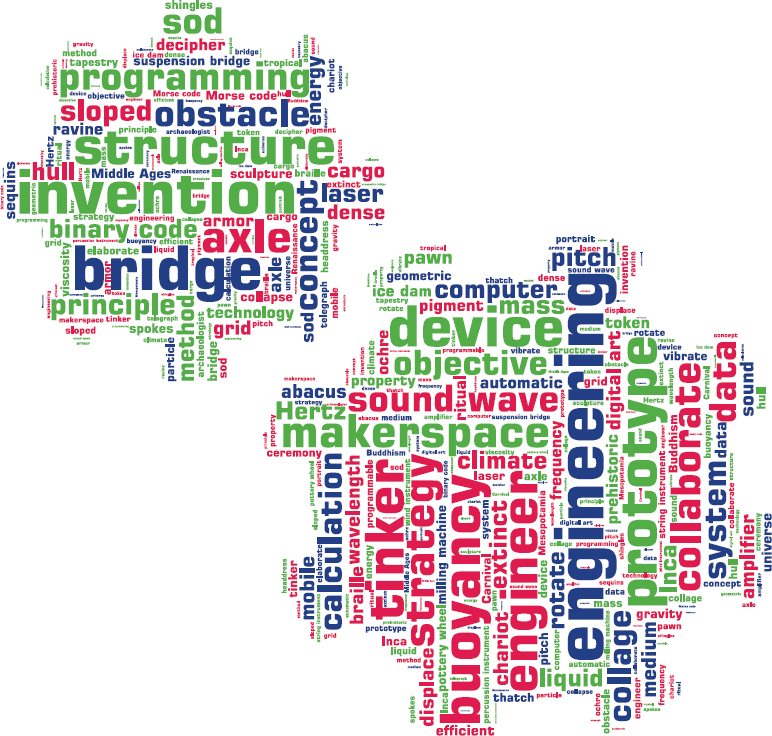

Cardboard tubes. Building blocks. Scissors and paper. Have you ever used these materials to create something new? Then you are a maker!
People around the globe invent, create, and build things every day. One day you might use Lego bricks to build a house. The next day you might use those same plastic bricks to make something completely different, such as a truck or a plane. The process of creating and building is sometimes called making or tinkering . People often do this kind of activity in makerspaces , where there are plenty of supplies to choose from.
WORDS TO KNOW
tinker: to adjust or repair something in an experimental manner.
makerspace: a work space inside a library, school, or other place where people can work together to make, explore, and learn using tools of all kinds.
computer: an electronic device that stores and processes information.
device: a piece of equipment, such as a phone, that is made for a specific purpose.
engineering: the use of science and math in the design and construction of machines and structures.
design: to make a sketch or plan.
structure: something that is built, such as a building, bridge, tunnel, tower, or dam.
engineer: a person who uses science, math, and creativity to design and build things.
concept: an idea.
Many of the things you build or make can be created in your home, but other projects might require more complex tools or supplies. What if you want to create a robot that moves? Or a solar-powered car? Or a new computer game? You might want to go to a makerspace to work on projects such as these.
ARE YOU AN ENGINEER?
Engineering is a type of science that is concerned with designing and building machines, roads, ships, buildings, and many other types of structures . People who work in engineering are called engineers . They use science, math, and creativity to design products or processes that meet human needs or solve problems.
When you tinker in a makerspace, you are working with the same types of tools and scientific concepts that engineers work with on their jobs!

DIFFERENT MAKERSPACES
There are makerspaces all around the United States. Some are in schools and libraries. Others are in museums. They are even found in peoples homes. Large or small, makerspaces are great places to create, tinker, and learn.
WORDS TO KNOW
collaborate: to work with others.
People of all ages can collaborate , or work together, on projects in makerspaces. You can also work on your own project in a makerspace.
 DID YOU KNOW?
DID YOU KNOW?
In the 1970s,Steve Wozniak tinkered as a member of the Bay Areas Homebrew Computer Club. He invented the Apple-1 computer in 1976. In 2014, this Apple-1 computer sold for $905,000.
THE FIRST MAKERSPACE
The first modern makerspace in a public library was created at the Fayetteville Free Library in New York in 2011. A woman named Lauren Smedley was in graduate school when she came up with the idea of putting a 3-D printer into a library and creating a space where people could come and build things. The librarys director thought that was an excellent idea and hired Smedley to make it happen! Now, the Fayetteville Free Library calls its makerspace a fab lab. Its a place where anyone can come and use the materials, get ideas, and collaborate with other people!
Next page

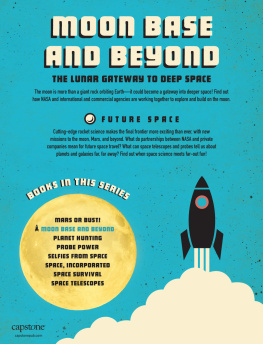
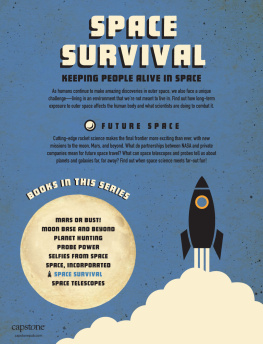
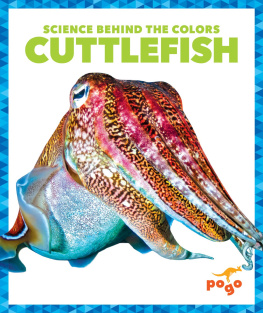
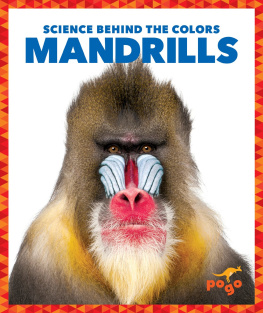
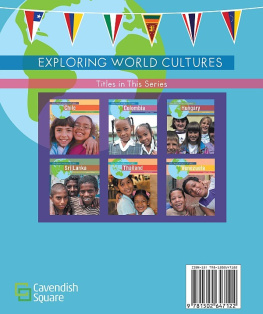

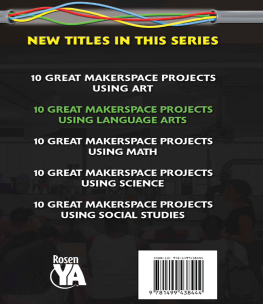
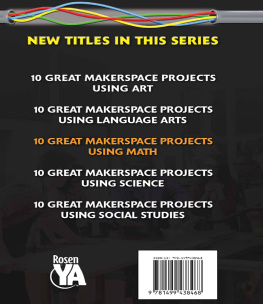
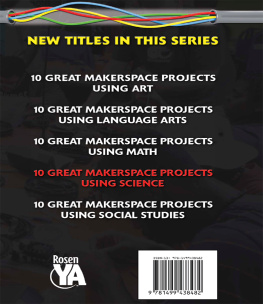
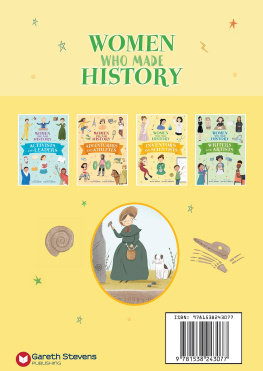
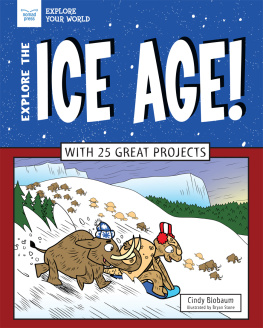
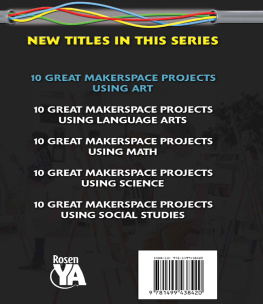
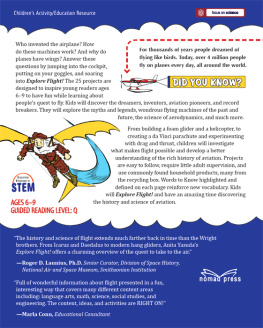
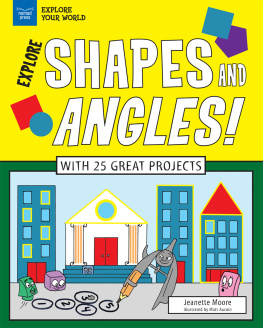





 DID YOU KNOW?
DID YOU KNOW?